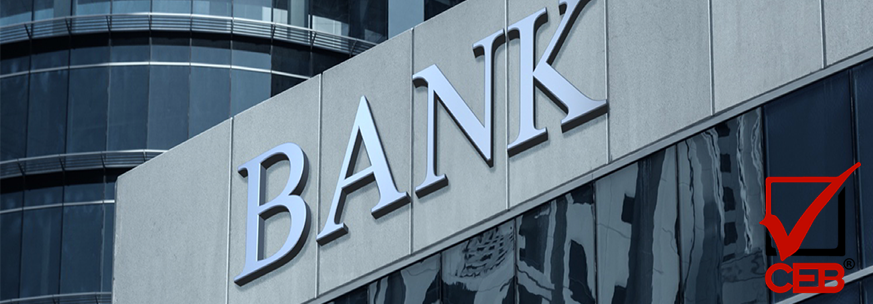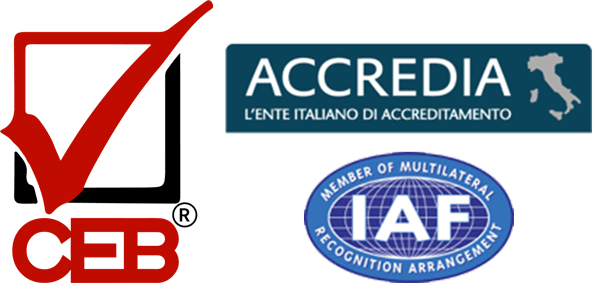and Rating redefinition
Considering the regulations on capital requirements requested by the Banks, the cost of credit is increasingly influenced also by the capital capacity of the financed entity.
The rating, in its definition as procedures of analysis and calculation, through which a Credit Institute assesses how much a customer is “risky” and how much will be productive in the future, is a constant analysis and preliminary to the granting of credit, and it cannot go exempt from the valuation of intangible assets belonging to the company.
In the case of intellectual property rights recorded in the financial statements for relatively modest amounts, it will undoubtedly of considerable advantage, for the company, to bring out the fair value attributable to such assets and this is possible through the economic and financial certification of intangible assets.
This will allow the exact identification of the company assets, and an adequate and real assessment of the quantitative rating, with economic and financial benefits, certainly not second-order.
The patent
from technological solution
to financial solution


Why to Certificate
The reasons and the added value of the economic and financial certification of intangible assets.
IAS 38
The application of the international accounting standards in Europe is aimed at harmonizing the financial disclosures presented by the companies.
Tax credit
The costs relating to the value certification of intangible assets is subjected to tax credit.




 Marketing e Comunicazione
Marketing e Comunicazione